My intense bodyweight workout - Upper body
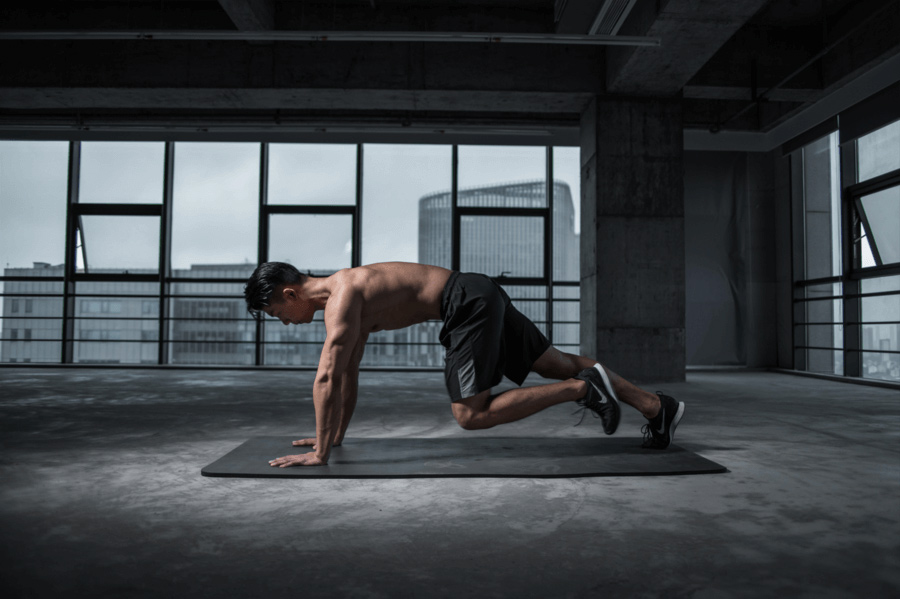
As fans of barbells, dumbbells and other bodybuilding machines, we tend to put bodyweight exercises on the back burner. But bodyweight exercises not only strengthen muscle tone, they also improve flexibility and balance. In fact, bodyweight training is sometimes considered just as effective as weight training! We give you our best bodyweight training for the upper body!
What is bodyweight training? How do I work out?
While we're sure that most of you are already more or less familiar with its definition, we'll do a quick refresher for the newcomers joining us.
The basic principle of the bodyweight training technique is to use only your own body as resistance. This differs from equipment-free training, which excludes all use of tools, from weights to bars to elastics, making it limited in terms of exercises. Once you've done away with bars and dumbbells, you fall into the category of bodyweight training.
Other practices have been added to bodyweight training, such as Street Workout and Street Lifting.
Why train with bodyweight?
Bodyweight exercises exploit the physiological rule of tension-length, making them highly effective bodyweight exercises, particularly for the biceps and triceps. Dips, for example, are excellent for targeting the triceps, while supinated grip pull-ups are particularly beneficial for the biceps, regardless of any morpho-anatomical considerations.
There are also other, more practical advantages to bodyweight training. Bodyweight training saves you time (and money) by eliminating the need to go to the gym to train. You can work up a sweat and increase your muscular power from home, or by going to a public Street Workout park, where you'll have a pull-up bar at your disposal.
It's an excellent complement for certain sports, as many top athletes integrate this technique into their physical preparation to improve muscle tone, balance and speed.
And the disadvantages of a bodyweight session?
Although the advantages are numerous, the fact that you can't target certain muscles precisely due to the lack of equipment and the limited load (in this case, only your body), restricts the results you can achieve with the bodyweight technique. That's why, if you're aiming for mass gain, we still advise you to carry out most of your training sessions with heavier loads, using machines adapted to the muscle areas you want to work.
What's more, to reduce the risk of tendon and joint pain, it's important to maintain a balance in the strength of each of your joints. Taking the infraspinatus as an example, without a pulley or elastic band, it will be impossible to work it, since it's responsible for shoulder rotation. Similarly for extension and flexion, or pull and push, you need to keep a balance between all these opposing movements, not only to build a balanced muscle mass, but also to reduce the risk of injury.
Finally, to perform most bodyweight exercises, such as pull-ups, dips or pistols, you already need a high level of muscular strength and power. This makes the technique very difficult for beginners. However, it is possible to use resistance elastics to make these exercises easier to perform.
Your sports program for building muscle with bodyweight exercises - Upper body edition
- Pull-ups: 12 repetitions x 5 sets - 1min30 rest time
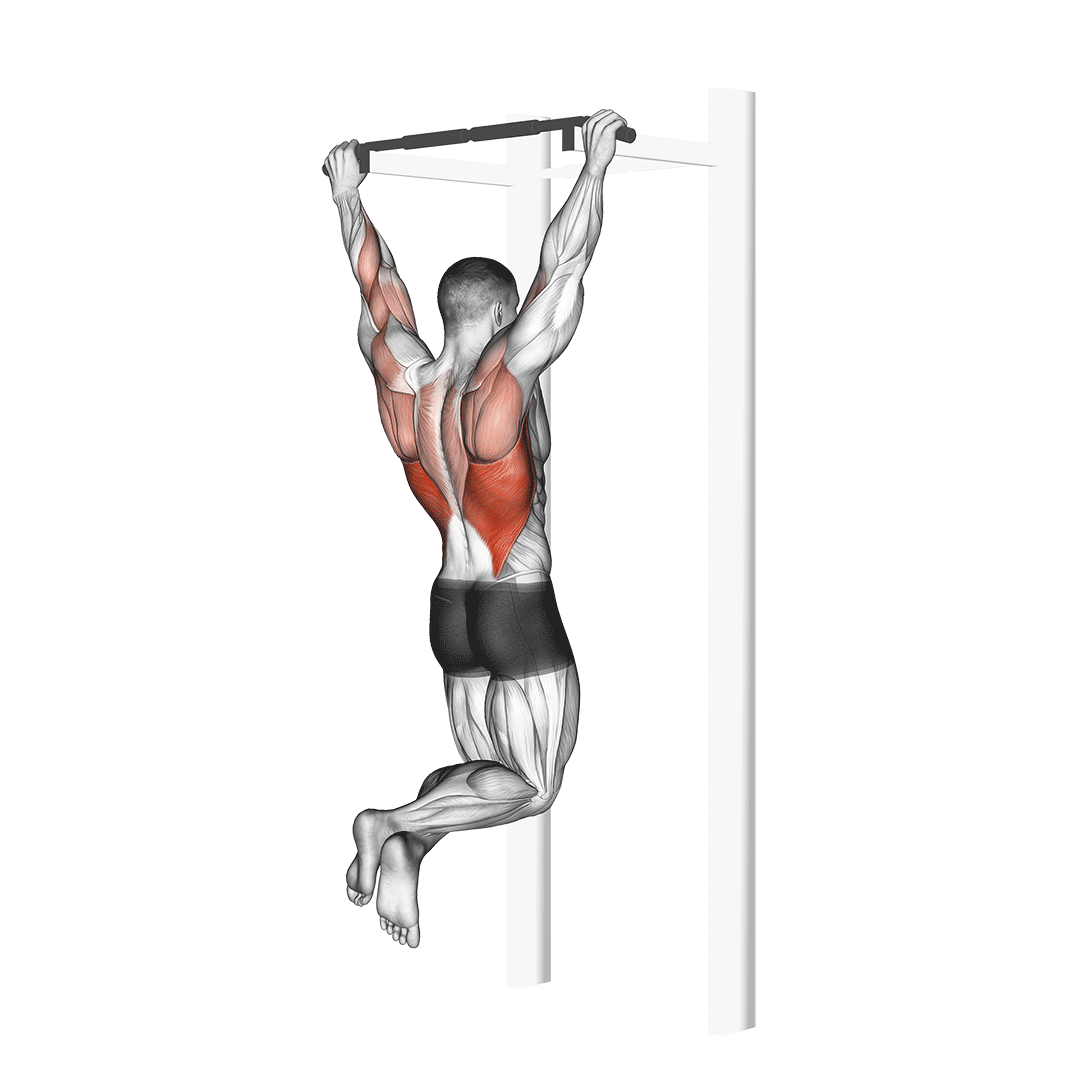
This must-do exercise allows you to target the muscles of the upper back, in particular the lats.
Our tips:
- Avoid rocking your body, which will change the trajectory of the pull into an S-shape, making the exercise more difficult without being more effective.
- Imagine you want to bend the bar, which will help you keep a good shoulder blade position.
- Look upwards, to facilitate retraction during your pull
- You can adapt this exotic exercise to your level and strength by using a rubber band, or by wearing a weighted vest, weight belt, weights or dumbbells to increase your weight.
- Push-ups: one set of 10 push-ups of each variant - 1min30 rest time
Highly effective for building upper-body muscles, especially pectorals and triceps. The different variations, by changing the positioning of the arms or feet, enable you to work the whole of this muscular area.
Our tips:
- The most important thing to remember when doing push-ups is your body position, which should remain aligned from the heels over the back to the top of the skull, hands below the shoulders with arms perpendicular to the floor, feet well positioned with heels over the toes
- Don't raise your buttocks as the exercise progresses, and don't lower your hips
- Do as many repetitions as possible, even if your amplitude decreases
- Again, you can adapt this exercise, doing knee push-ups to start with, and using additional loads for our champions!
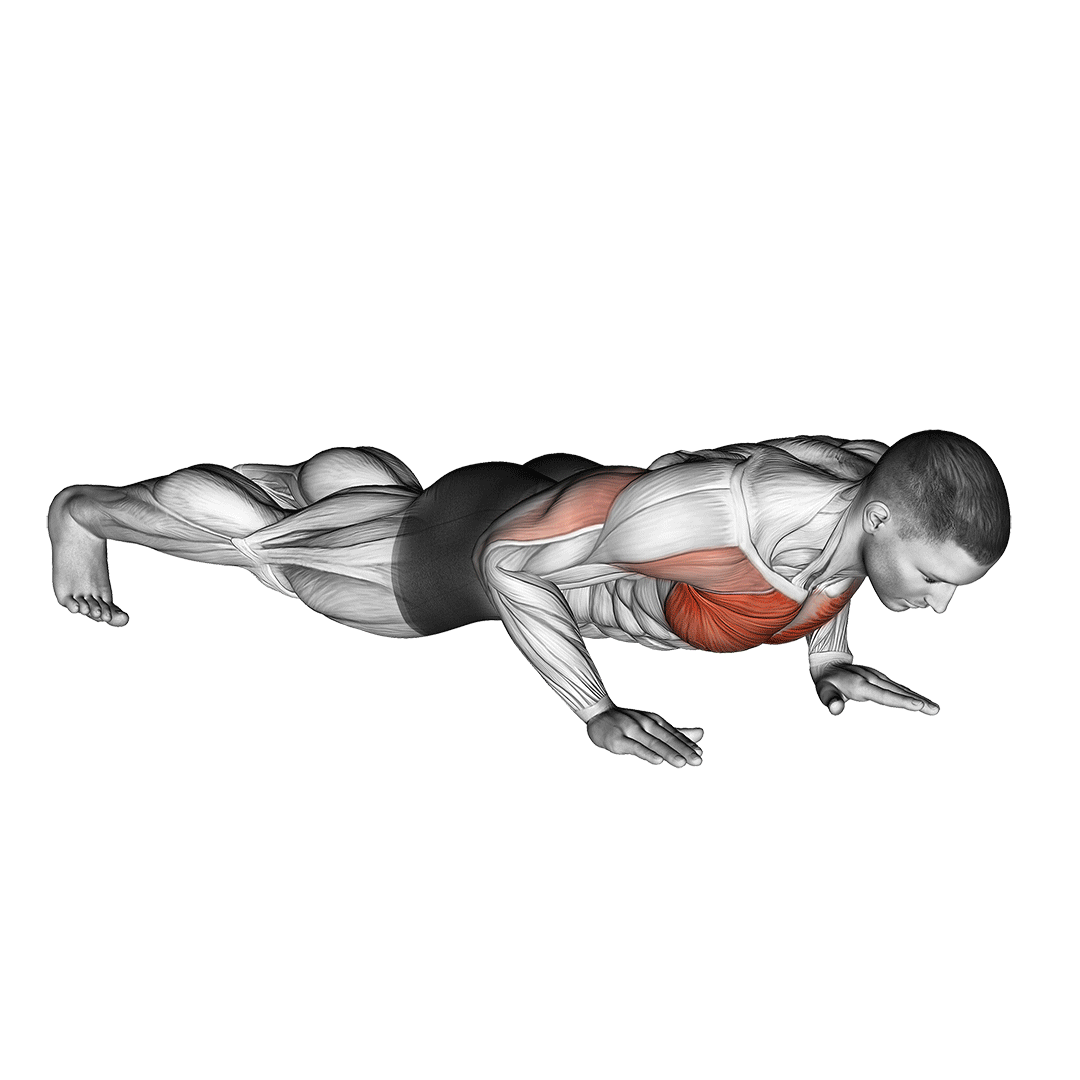
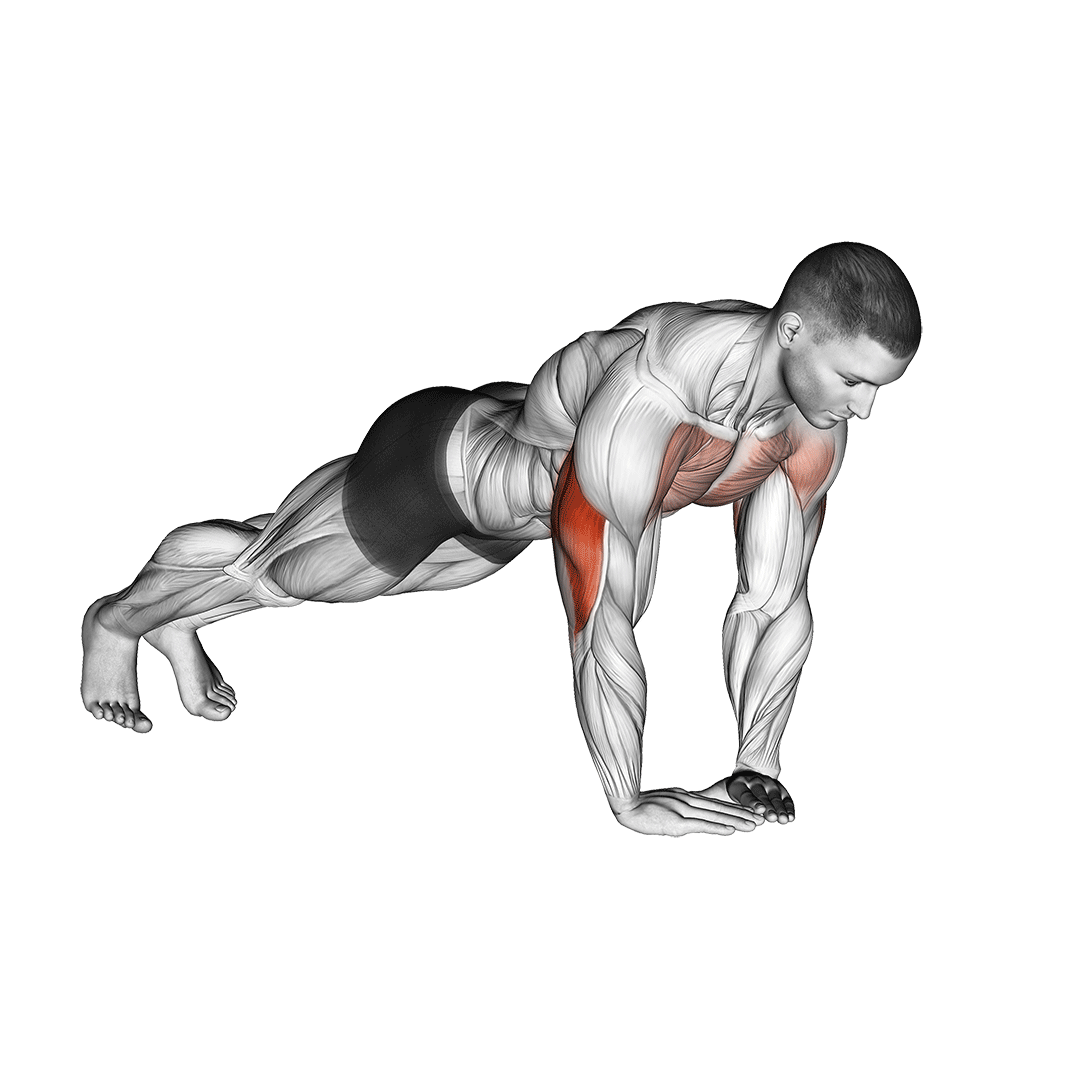
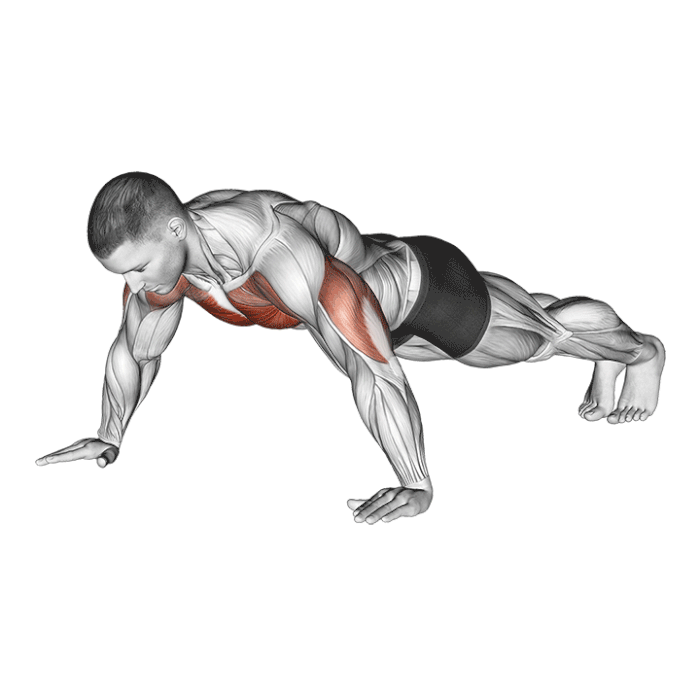
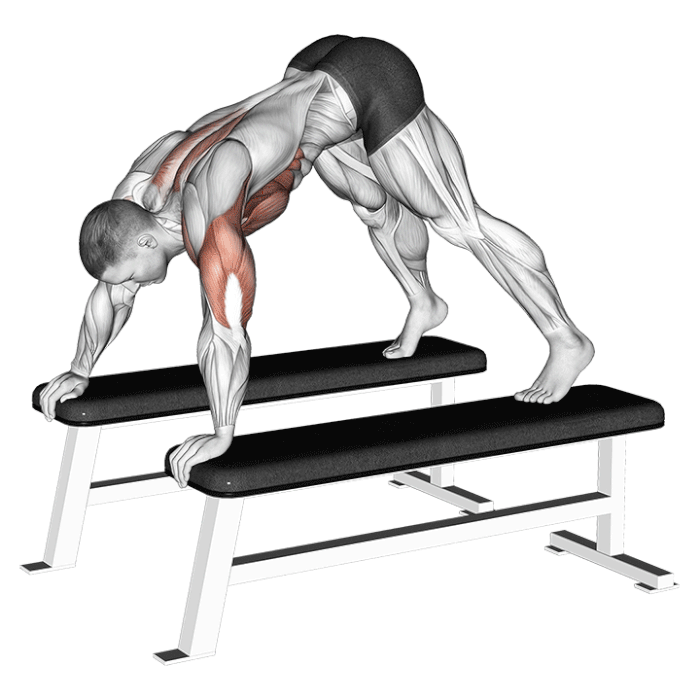
- Dips: 12 repetitions x 5 sets - 1min30 rest time
A true multi-joint exercise, dips target upper-body muscles such as the triceps, anterior deltoids and pectorals.
Our tips:
- Keep your shoulders low to maintain good posture
- Don't lock your elbows at the top of the movement, to avoid damaging your joints, but also to maintain tension in your triceps
- Maintain a good rhythm and amplitude, to avoid injuring yourself by trying to go too fast or going too low.
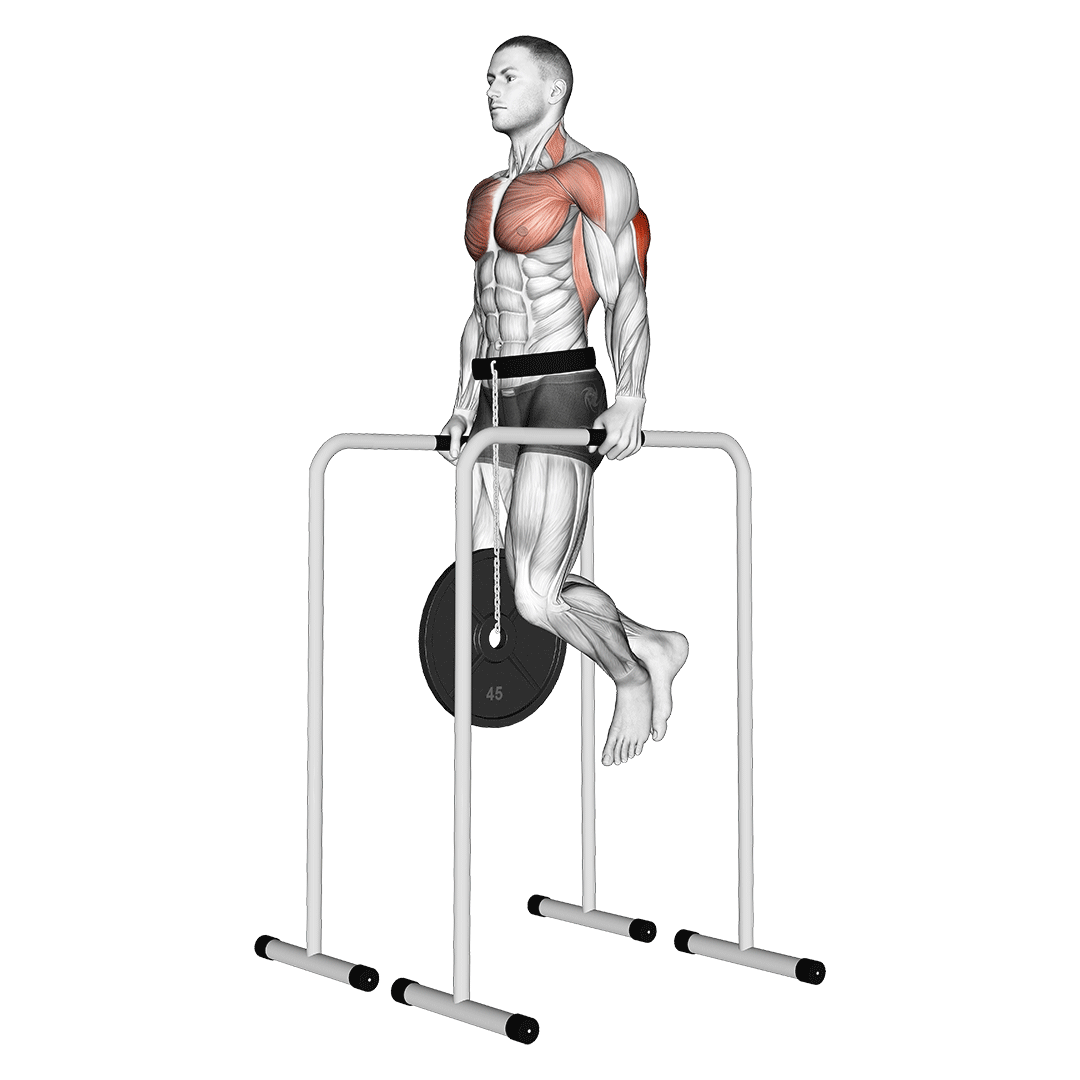
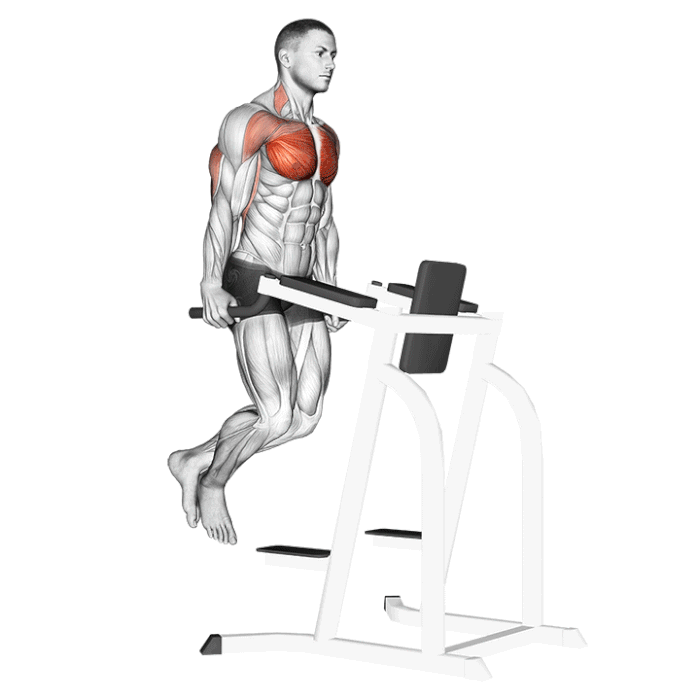
- Deadlift: 10 repetitions x 5 sets - 1min30 rest time
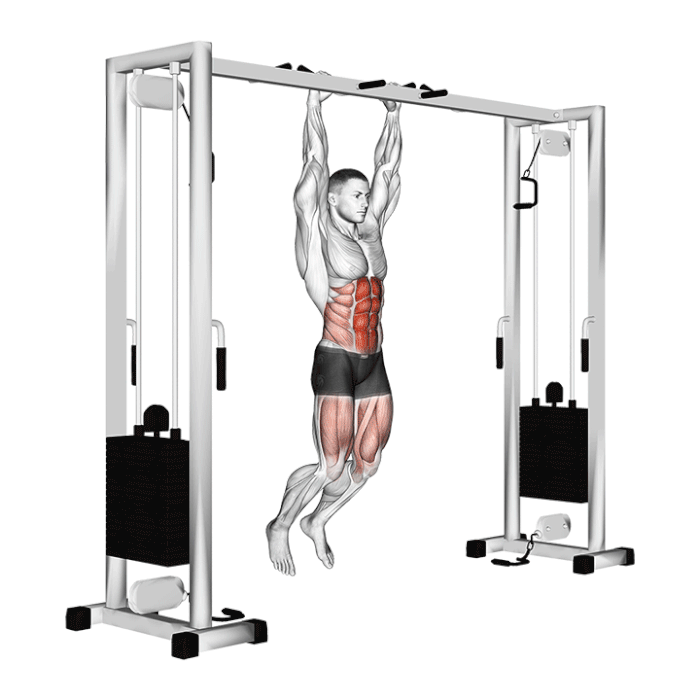
The ultimate exercise for working your lower abs, all you'll need is a bar to hang from.
Our tips:
- Don't take advantage of the momentum by swinging your legs; the aim is really to keep your torso and back immobile, and to push your legs up by the sheer force of your abs
- Slow down on the way down, to maximize muscle work and limit momentum
- Exhale on the way up and inhale on the way down, for better contraction of the abdominal muscles
- Plank + side plank: 1min30 on each position (from the front, alternating left and right)
The ideal exercise for strengthening the abdominals with the principle of sheathing, it stimulates muscles at the front of the body, such as the rectus abdominis, the transversus abdominis, the obliques, or even muscles of the lower limbs such as the quadriceps and hip flexors.
Our tips:
- Maintain an upright posture with your spine aligned, without letting your hips sag, and keeping alignment from the top of your head to the soles of your feet, including the nape of your neck
- Contract your buttock muscles to maintain the right position
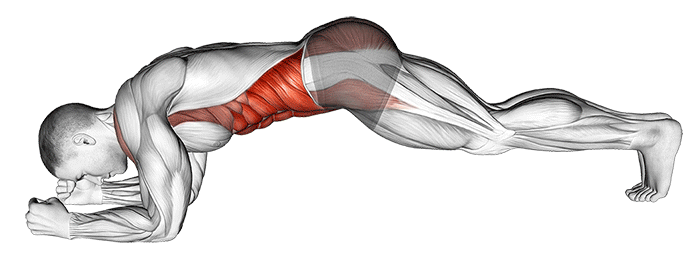
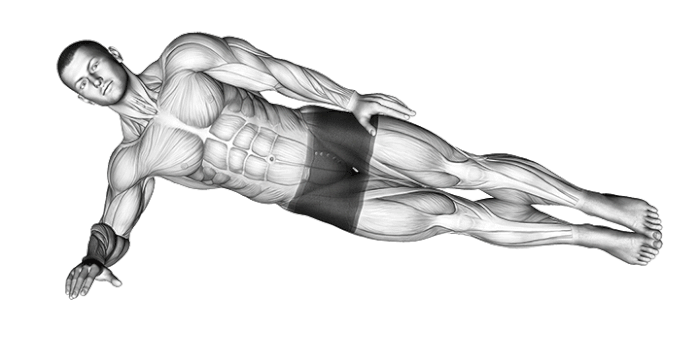
Now there's no excuse when you can't make it to the gym: you can always work your muscles intensely at home, on the street or even in the great outdoors! But don't forget, whatever your training, to warm up to prepare your muscles and avoid injury!






